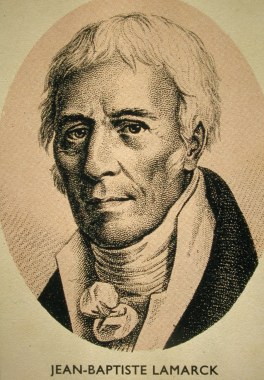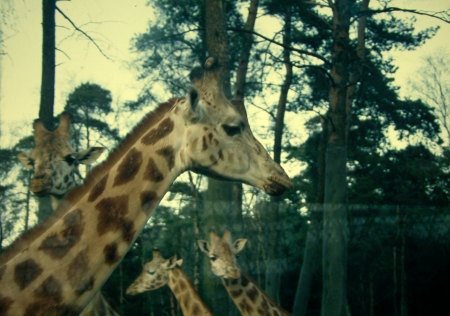| Lamarck. This French count/professor invertebrates had published his
main work in 1809. He defended a theory of evolution in which animal species
changed because the animals had certain needs. Lamarck believed that a change
during the lifetime could become hereditary and thus could be passed on to
the offspring.
Know more?
Lamarck
Lamarckism |
Applied to the long neck of the giraffe the reasoning was as follows:
The ancesters of the giraffe had a short neck, but they had a strong inclination
to fetch leaves high in the trees. As a consequence the neck of the animals
lengthened a bit during their lifetime. This trait became hereditary, according
to Lamarck, and so the young ones were born with a somewhat longer neck.
This theory is called 'inheritance of acquired traits (or characteristics)'.
We now know that this principle is not valid (with some exceptions). A tennis
player can get a longer right arm, but his children will not have this trait.
Still the idea of evolution was rather revolutionary in a time span
in which nearly everyone thought that species were unchanging and created
by God. |
 t
t